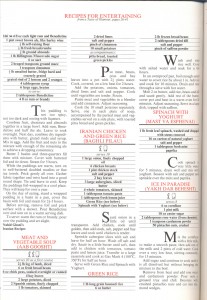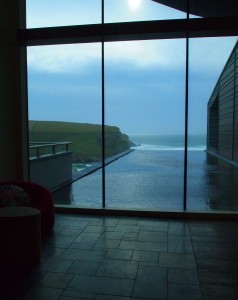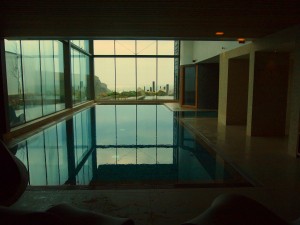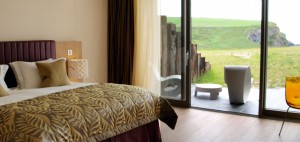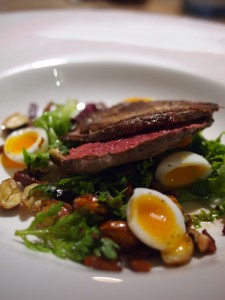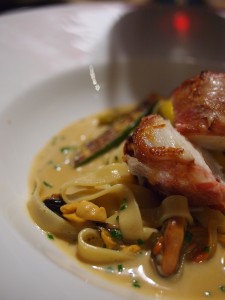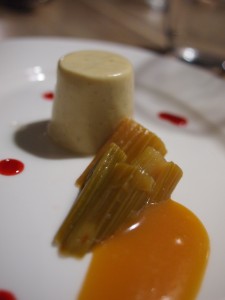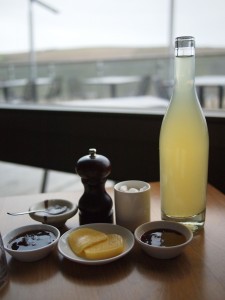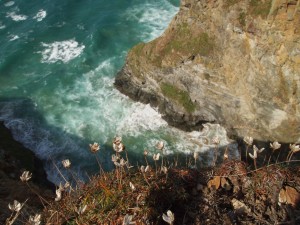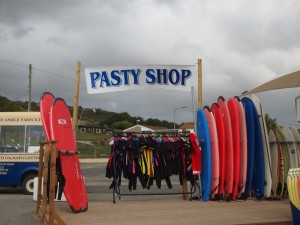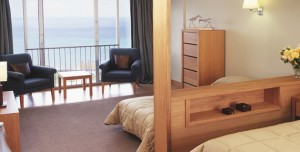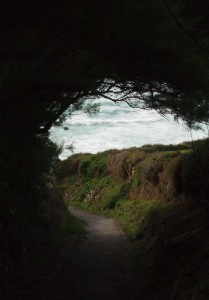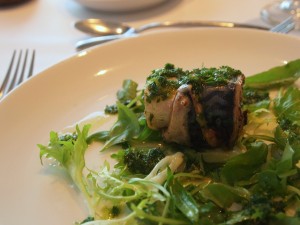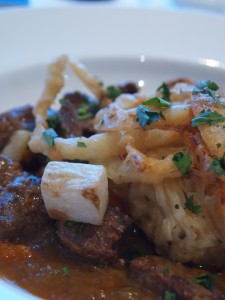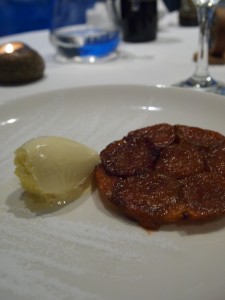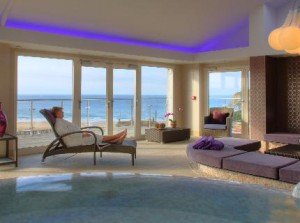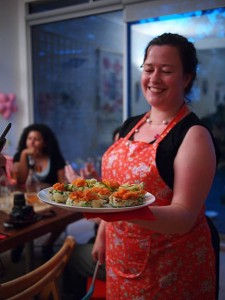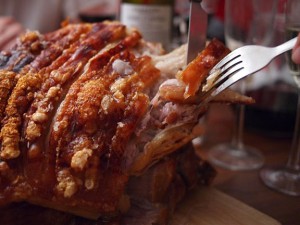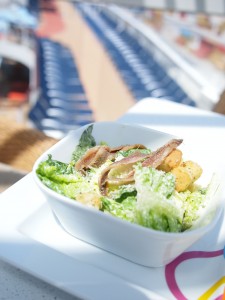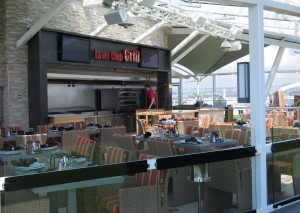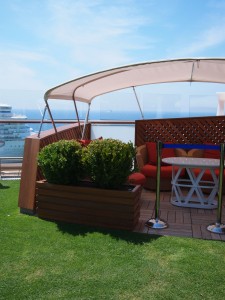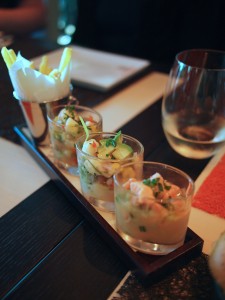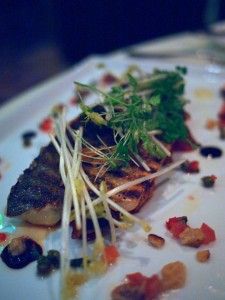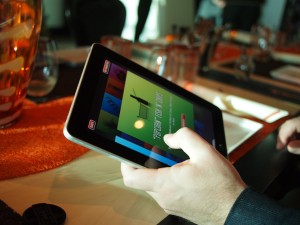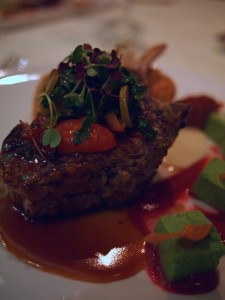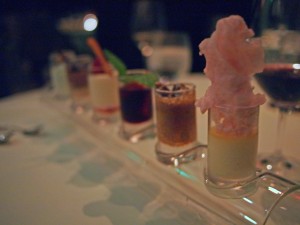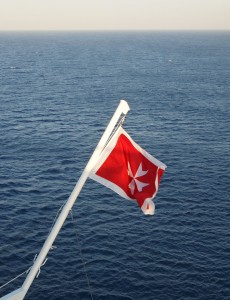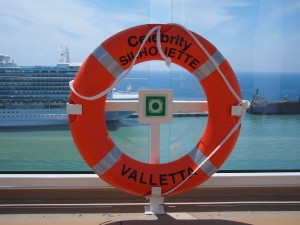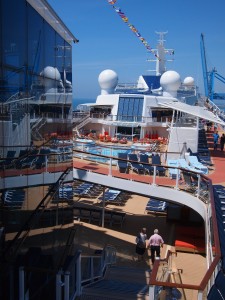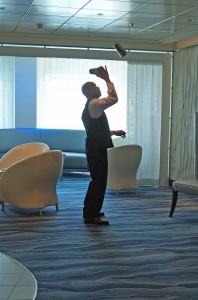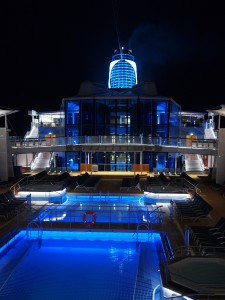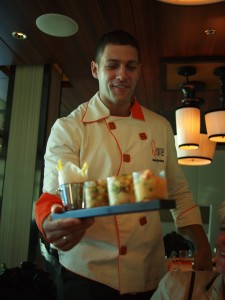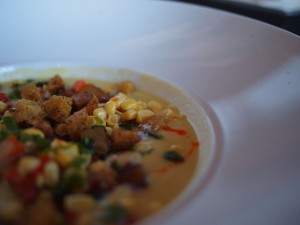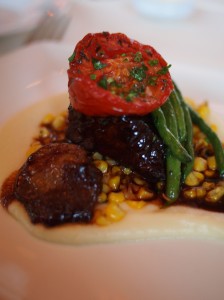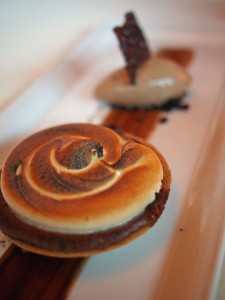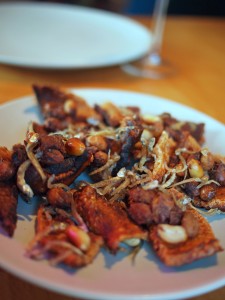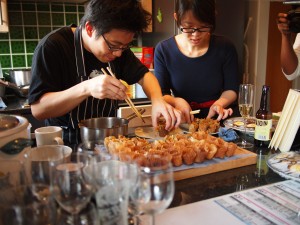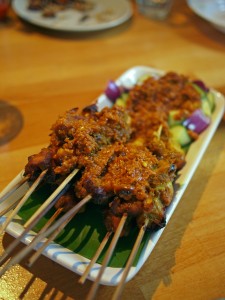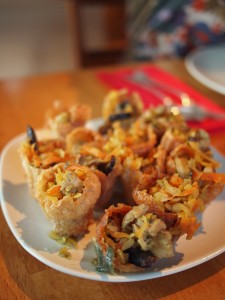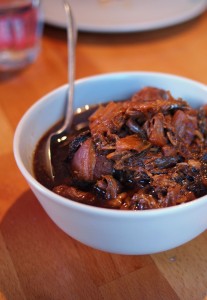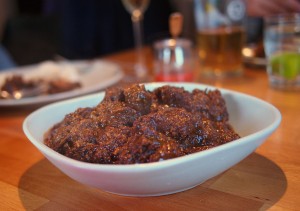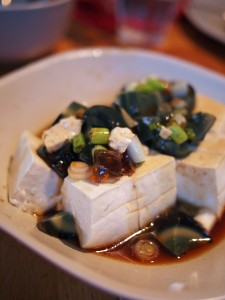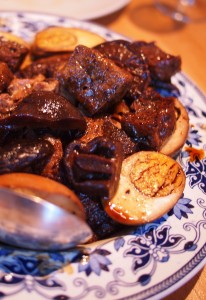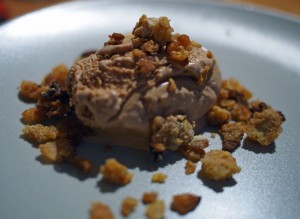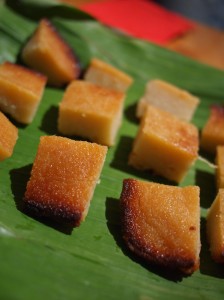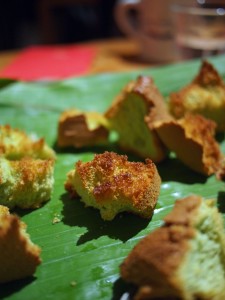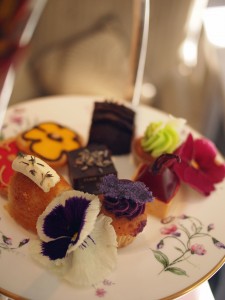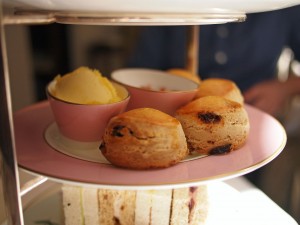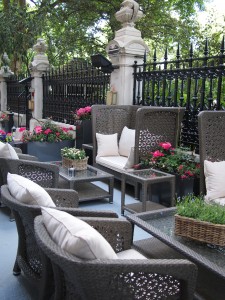You’ll have noticed that posts at Gastronomy Domine have been a bit thin over the last couple of months. That’s because I’ve gone from a very pleasant part-time freelance lifestyle to volunteering considerably more than full-time for the Raspberry Pi Foundation, so meals out and recipe development have had to take a back seat.
Raspberry Pi is a educational charity set up by my husband, Eben (who most of you know as Dr W). Its aim is to democratise computing for people who can’t currently afford to own a PC, and to promote the study of computer science in schools, by producing a very tiny computer for very little money. We’ve come up with a Linux PC the size of a credit card which will cost around £15, which we should be launching by Christmas. There’s been press interest from Ukraine to Brazil; we’ve been on the TV and in the papers in the UK, have spent a few weeks on the conference circuit in America, and seem unlikely to get much sleep until we launch in December. Gastronomy Domine will be back to normal in early 2012, by which time the charity should be generating some money for itself so I can hand my work over to a paid employee. If you really can’t stand not reading me witter on before then, drop into the forums or visit the Raspberry Pi blog.
Back to the food stuff.
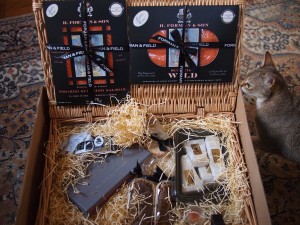
I got back from the US a couple of weeks ago, after a month of prattling on about computers. The jet lag after a month of gorgeous sunshine eight time zones away is something to behold. I wasn’t safe around knifes or saucepans, so it was a very great relief that Forman and Field had decided to send me a Christmas hamper to review a few days after my return. I’ve been stealthily working my way through it ever since: this was a generous and carefully selected set of gourmet bits and bobs, which really deserved some time to be taken over sampling it.
Forman and Field specialise in top-notch foods from independent producers all over the UK. You might have come across their smoked salmon before, which is sold at Waitrose and really stands out against the competition. The London Cure in particular is really worth your time. It’s cured in much less salt than many smoked salmons, with a less dense smoke to it, all to showcase the taste of the fish itself. There was a handsome packet in here, with a soft flavour and firm bite, alongside a pack of wild salmon, smokier, richer and creamier than the London Cure. There’s no better way to eat this than on lightly buttered slices of rye bread.
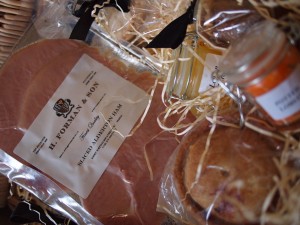
Potted lobster in a pretty little Kilner jar was the only thing in the box I wasn’t able to eat (anaphylaxis is nobody’s idea of fun, and while I do carry an adrenaline injector for allergic emergencies, I try to go out of my way not to have to use it). Dr W, though, pronounced it just the ticket; a little like potted shrimp but sweeter and juicier. Take it out of the fridge a couple of hours before you serve it at room temperature so the butter can melt into hot toast.
Alderton ham from Nottinghamshire is carved off the bone, and glazed with marmalade. I made sandwiches with it and some of the British cheeses from Neal’s Yard in the hamper: a Colton Basset Stilton, which is one of my favourite cheeses in the world; some of Mrs Kirkham’s Tasty Lancashire cheese; an unidentified Cheddar; and a bit of Caerphilly. That Colton Basset is stupendous on its own, but you can raise it to positive divinity by bringing it to room temperature and drizzling a little runny honey over it before you eat it with some crusty bread. An just in case that wasn’t enough on the savoury side, there was a handsome great pork pie from Mrs King’s in waxed paper, made to the same recipe since 1853.
It’s Christmas soon, so a little Christmas pudding and some mince pies were right at the top of the package. The pudding is the only thing I haven’t eaten yet. I’m saving it for December. Mince pies came with a lovely buttery, crumbly pastry and a mincemeat sharp with brandy. I ate them as a midnight snack with a hot buttered rum. A chocolate brownie cake and banana bread made breakfast in bed for the two of us on two weekend mornings, and the little Kilner jar of lemon curd was just right for elevenses on toast with a nice hot cup of tea.
I’d reached the bottom of the hamper, but for a box of impossibly glossy chocolates from Paul Wayne Gregory. Now. For my posh chocolate needs in the UK, I usually turn to l’Artisan du Chocolat, but three chocolates into the box I was swearing undying loyalty to Paul Wayne Gregory, and by the end of the box I was both feeling sick and wondering if he’d be interested in a bigamous marriage. I still can’t decide whether I’d like the last thing I ever eat to be one of his salted caramel chocolates, the passionfruit one or the popping candy one. These aren’t cheap, but they’re worth every penny, and then some.
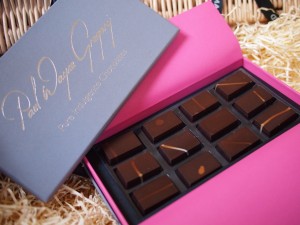
Forman and Field hit it out of the park with this hamper. There wasn’t a single dud in there. Every item in the hamper was something I’d consider ordering off my own bat. And there is nothing nicer than opening up a beautiful wicker box like this to rummage through on the living room floor, finding surprise after surprise. If there is a greedy somebody you love very much this Christmas, I can’t think of a better present. The hampers are packaged with ice and insulation, so they arrive fridge-cold. Last orders for Christmas at Forman and Field’s website are on Saturday 10 December, with last deliveries on Friday 23. To celebrate the launch of their new website, they’re offering readers £5 P&P until the end of November.
A word of caution. Forman and Field use the Royal Mail as couriers, and last Christmas, when we had all that snow, the Royal Mail managed to lose a Pugh’s Piglets porchetta we’d ordered from them, only to deliver it a week or so later, smelling exactly like you imagine a porchetta that’s been sitting in a van for a week probably smells; they also delivered some Forman and Field foie gras and smoked eel to my lovely Mum several days late, which meant they missed the Christmas Eve gathering they were intended to feed. Probably down to the weather, but it made our Christmas run less smoothly than it should have done. At least they don’t use the Home Delivery Network.


